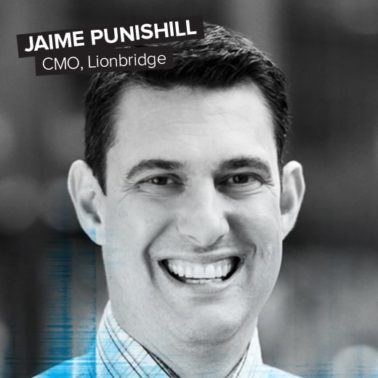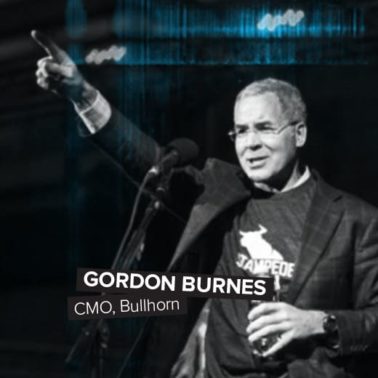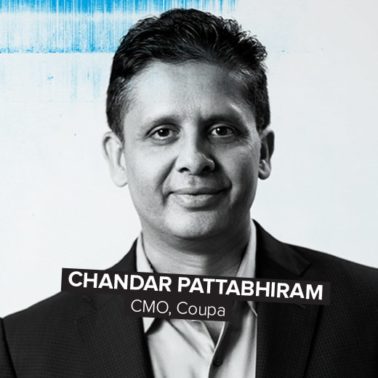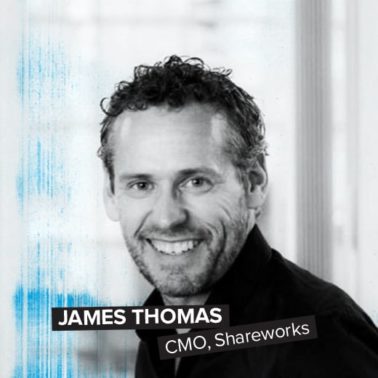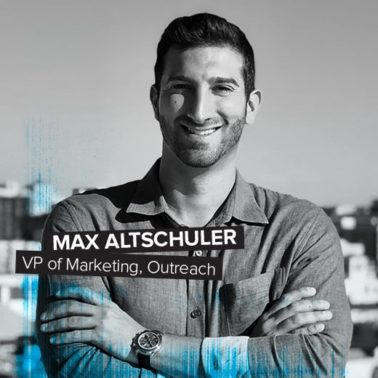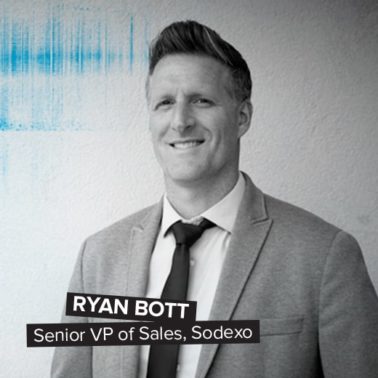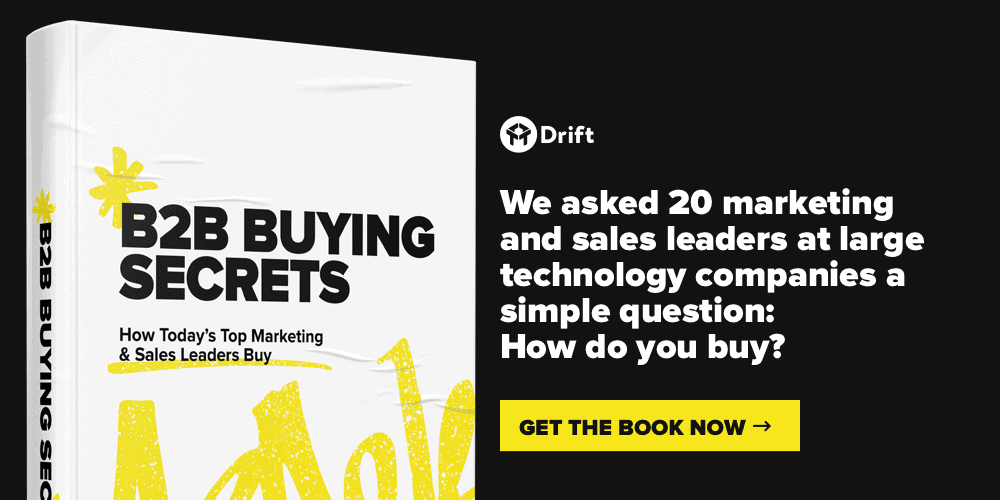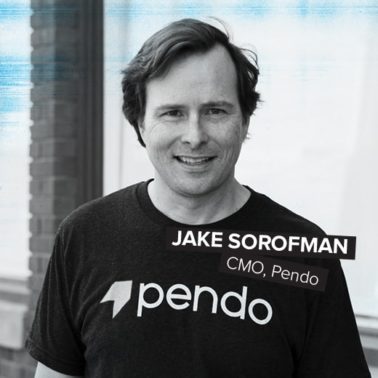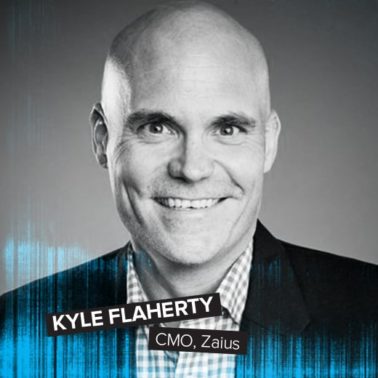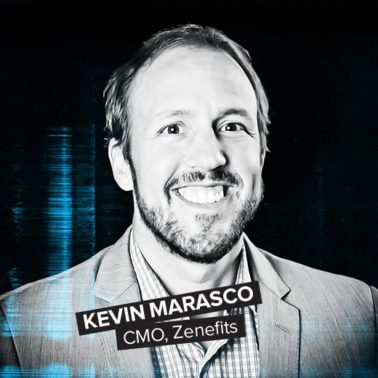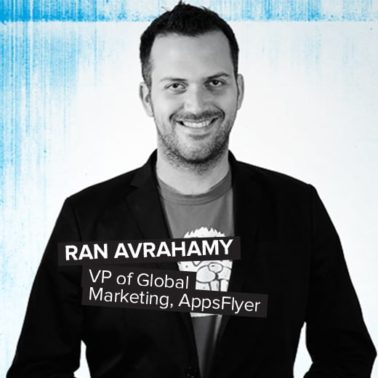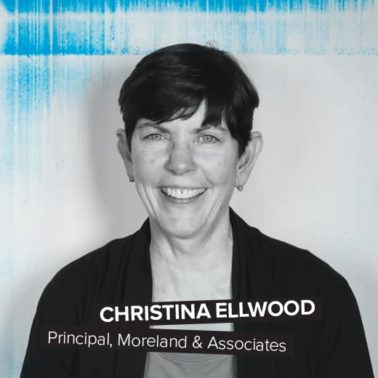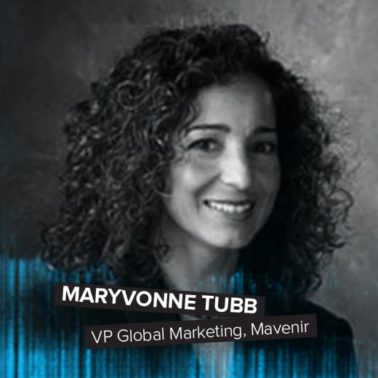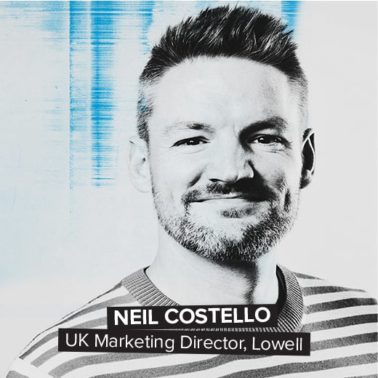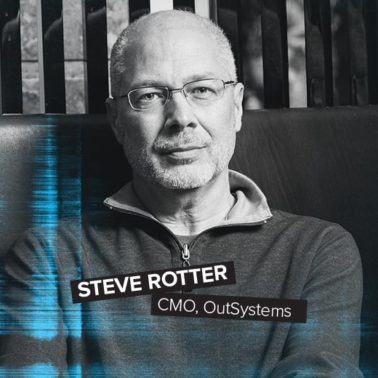What do B2B buyers want from salespeople?
B2B buyers have a lot of opinions about sales. Some of these opinions are, well, not exactly positive. But there’s no denying that sales plays a huge role in any B2B buying journey, and there are certainly insights to be gained about what makes for a good sales experience.
For example — and this should come as no surprise — response time matters. The executives we talked to are all busy, and the faster they can get a response, the better. We heard more variety around what they look for in a sales pitch, when they want to discuss pricing, and how likely B2B buyers are to stick with a salesperson versus exploring other solutions.
It’s easy to criticize sales, but its role in the buyer’s journey is extremely important. Listen to what these executives want from the sales process, and see if your own approach delivers.
—
“A good pitch delivered in a timely manner is the most effective selling mechanism,” says Mark Kosoglow, VP of Sales at Outreach. “Some good salesperson has a good pitch that comes in a timely manner through the phone, email, LinkedIn — something that says, ‘Hey, this is a good value prop’ for something I’m looking to solve — and so I engage with the salesperson.”
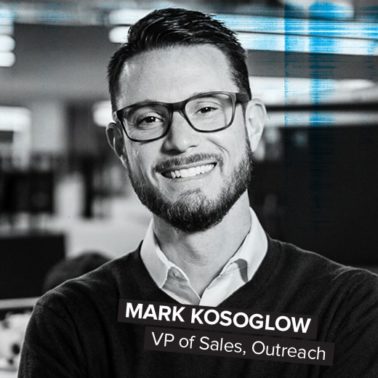
Kosoglow doesn’t answer every email or take every phone call, but he does it “a lot.” He’s more open to sales calls than the others we spoke to, in part because as a sales leader he sees it as his job to read and evaluate emails, as well as to study the techniques other sales teams are using to pitch their products. He’s also open to hearing sales pitches because that’s typically how he discovers technology solutions he didn’t know existed.
For example, he says right now he’s struggling to figure out a way to define territories. His instinct isn’t to go searching for a tailor-made solution but rather to “get out the spreadsheet” and find a way to do it manually. If such a solution existed, now would be an opportune time for a salesperson to get in touch with him, because he would definitely listen.
“It wouldn’t occur to me that there’s something you can just purchase,” he says. “That’s the way I think personally. My dad taught me to work hard. I don’t think about shortcuts and technology like magical little shortcuts. I need to be introduced to them. I don’t go looking for them.”
As for what makes a good pitch, he says it doesn’t need to be personalized. If the email can say in three or four lines how it’s going to help him, he’ll usually check out the website. And if the website is compelling, he’ll book a demo.
“I could read a blog, I could go to a conference and learn about sales tools and stuff, or I could just pay attention to all the emails in my inbox every day and read a few of them and get some really cool ideas,” he says. “That’s just the way that I choose to do it.”
Once he’s engaged with the salesperson, the main thing he wants to hear about is how the product is going to help him. Part of what he likes about good salespeople is their expertise. They understand his problem better than he does, and they know more about all the possible solutions. He’ll shop around to make sure there’s not an obviously better solution elsewhere, but if a salesperson has his trust and attention, he’ll usually stick with them.
“If I have all this time invested in the person that I’m speaking with,” he says, “and I feel like their product is about the same as everybody else and they understand me, I’m not going to go through that whole process with somebody else.”
—
“I’m going to be their best customer,” says Meagen Eisenberg, CMO of corporate travel management leader TripActions. “I’m going to push it to the limit, I’m going to give feedback. I want to be their showcase customer. I want them to write a case study. And then I’m going to give that back by helping them get more customers.”
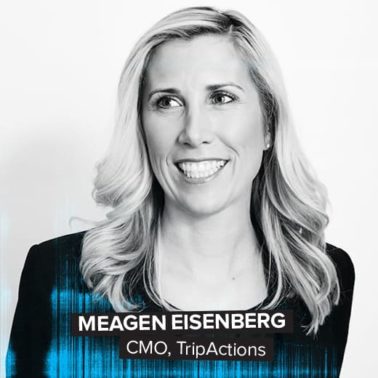
Eisenberg’s commitment to vendors is beneficial for both sides. Over the years, being a good customer while leading marketing at industry juggernauts like DocuSign, MongoDB and TripActions has allowed her to build better relationships with vendors, get better support, and be the “first mover” on new tools and solutions. She has supported this strategy with a purpose-built internal team that is agile and ready to put new tech to the test.
“I want a reputation that vendors want to work with us,” she says. “That way they’re going to bring their best stuff, their new ideas — because they know I want to innovate and break new ground for our business.”
As a CMO, Eisenberg is evaluating new software “all the time.” This includes a lot of time spent taking vendor calls and listening to salespeople tell her how their solution is going to give her exceptional results or solve a pain point. Even if it’s a problem she hasn’t yet prioritized, or a solution she isn’t interested in at the time, she’s always listening and evaluating in case it is relevant in the future. Plus it gives her insight into how other technology companies are approaching the market; what works and what doesn’t.
“Sometimes they’ll have their pitch,” she says, “and I’ll go, ‘Do I have this pain or not?’ And if I don’t have the pain, I’ll tell them, ‘Not right now.’ And then maybe three or six months later, I’ll be like, ‘Oh yeah, that might work now,’ and I’ll go back to them for more details.”
Eisenberg’s preferred way of learning about a new solution is to start by looking at their website. If she’s interested, she’ll book a call — but she wants it to be less of a sales call and more of a product demo. She’d prefer not to waste time giving the sales team info they could have already gathered about her and the business elsewhere. Instead, she wants to see the product and understand how it works, backed by examples of how other companies are getting value out of it.
“Customer stories are huge,” she says. “I want to see how customers are using it, and more often than not, I’m probably connected to that person and can call them to find out what they really think. That’s what helps me visualize the value I’m going to get. It also gives me ideas. ‘Oh, I’m not doing that yet, that’s a great idea. I love it. I want to go and do that.’”
She says email is her preferred way of communicating with vendors, and that if she fills out a form and doesn’t hear back immediately (“I expect you to contact me that day”), that’s a miss by the vendor to get her at the peak of interest. Other pet peeves include salespeople who start a call by asking to hear about her biggest pains and priorities (“It has nothing to do with the solution”) and salespeople who ask for her budget.
“When you want to know my budget before I know what it costs, it’s frustrating,” she says. “I get you are trying to see if I meet your BANT or get a max quote, but it is too soon for that. If you make a compelling enough case for the technology and its value, I’ll prioritize budget.”
Vendors who provide real value are in a good position to reap the rewards. Eisenberg is not “one of those” CMOs who keeps new tools and solutions a secret. She’s confident in her team’s ability to move fast and stay ahead of competitors, allowing her to give a shout out to her vendors and spread the word throughout her conference presentations, peer breakfasts, and case studies.
“If I get value, I will refer them to everyone,” she says. “I will do LinkedIn posts, I will tweet, I will talk to colleagues. I will rave about them all day long just as our customers do about TripActions.”
—
“I get so many emails from sales reps and I almost never open them,” says Michael Freeman, VP of Demand Marketing and Marketing Operations at financial planning software company Adaptive Insights. “You can tell right away when you’re the target of a massive carpet-bombing as opposed to a smart, targeted precision strike. It’s almost always the former.”

Freeman is a tough audience when it comes to cold sales pitches. He estimates he receives about 300 emails from vendors every couple of months. Most emails, he says, tend to be of the “carpet-bombing” variety. He deletes those almost immediately after they hit his inbox. Of the ones that remain, he’ll read a handful before deleting those, as well. Out of every 300 vendor emails he gets, he responds to one or two. And it’s rarely because of the solution they’re selling.
“I like seeing that they put the time in and personalized their outreach,” he says. “And I don’t just mean it says, ‘Dear Michael.’ I like to see they’ve actually done their research on me and the company. You want to see some humanity.”
And whether he’s responding to one of the hundreds of cold pitches in his inbox or making the first contact himself when he’s in the market for a new product, Freeman says he wants the company’s response to be “as close to immediate as is reasonably possible.” When he’s the one reaching out, he says he rarely calls or sends emails as the initial contact — he prefers chatbots or filling out request forms on the company’s website. But even then, he says he wants to hear from a rep in a matter of hours.
“I’m blown away by how slowly people respond to a customer coming to their door saying, ”Hey, I’m interested in talking to you,’” he says. “It’s mind-boggling that someone would make you wait when you’re offering your business. We should hear back in less than a day, and, ideally, in a couple of hours.”
Once he’s talking to a rep, Freeman says he doesn’t want too much time to pass before broaching the subject of cost. At some point within the first or second conversation, he wants to get an idea of the company’s billing model — is it based off the number of users? The number of API calls? Is it a fixed price? An annual subscription? Once he understands the billing model, he’s willing to wait a bit to hear an actual price, as long as he can figure out what the range might be.
“I want to get a rough order of magnitude,” he says. “Is this going to be a $10,000-ish solution? $100,000? A million? I’m not necessarily going to hold them to it, but I want to know whether we’re talking about low five-figures or high five-figures. Or is it even more than that? I want them to give me a sense of A, what are the levers that will cause me to get different pricing, and B, based on what I’ve told you our need is, where do you think we might land?”
Getting at least a ballpark range is the easiest way to ensure no one wastes anyone’s time.
“If I have something that I’m only willing or able to spend $20,000 on and they say, ‘OK, well, our starting price is $140,000,’ it’s going to be a short conversation,” he says. “When there’s that kind of disparity, it’s, ‘Thank you very much. Really appreciate your time. Have a great one!”
—
“A bad sales experience is a one-hour meeting where I learn about their company and they ask me to share my problems,” says Sophie Chesters, CMO of customer experience platform Medallia. “I simply do not do that. They need to do their research, not ask me to do it.”

When summarizing what she wants from sales reps, Chesters keeps it simple: “Relevance, relevance, relevance.” She wants to learn as clearly and succinctly as possible how the tool in question will help her solve a problem or improve performance. She says that moving away from boring slide presentations to live conversations — as long as they’re relevant to her goals and objectives — helps accelerate the process.
“I just want to know how it’s going to work for me,” she says. “Salespeople that know my business and my problem and can clearly articulate how they’ll solve it with an example of someone in a similar position who has had success with the solution, will often win.”
As a B2B buyer, Chesters always starts from a need. “Who has time to research without a concrete goal?” she says. A great marketing campaign, well-targeted technology, and even the odd cold email may catch her eye if it’s relevant to a problem her team is trying to solve or optimize, but she’s not the kind of CMO who is constantly seeking out new tools.
What she does do is rely on her team for evaluation, communication, and recommendations during the buying process. Living in Silicon Valley also enables her to network with potential suppliers, both thanks to her location and her role as a technology CMO. Testimonials from fellow CMOs are “extremely important,” though she cautions against taking any recommendation at face value.
“Using other people’s recommendations has to be done with the applicability test,” she says. “Not everyone’s recommendation is necessarily applicable because internal resources and expertise are so important, particularly if you’re buying something like technology.”
Once the buying journey is nearly complete and she’s made the decision to purchase, there isn’t typically a lot of work left to do, provided she and her team (and the salesperson they’ve been working with) have done the right work getting them there. In other words, if they’ve built a strong business case, getting approval shouldn’t require more than a few meetings.
“I find that a clear defined pain point validated across the company, combined with a well-researched vendor and impact projections, support a smooth process,” she says.
The role of a salesperson, in Chesters’ eyes, is to streamline the entire process, from discovery to evaluation to decision. If the solution is relevant, then a clear, compelling case based on an identified need and solution will go a long way in convincing her to buy.
“Who doesn’t want help solving a problem or improving performance?” she says.








